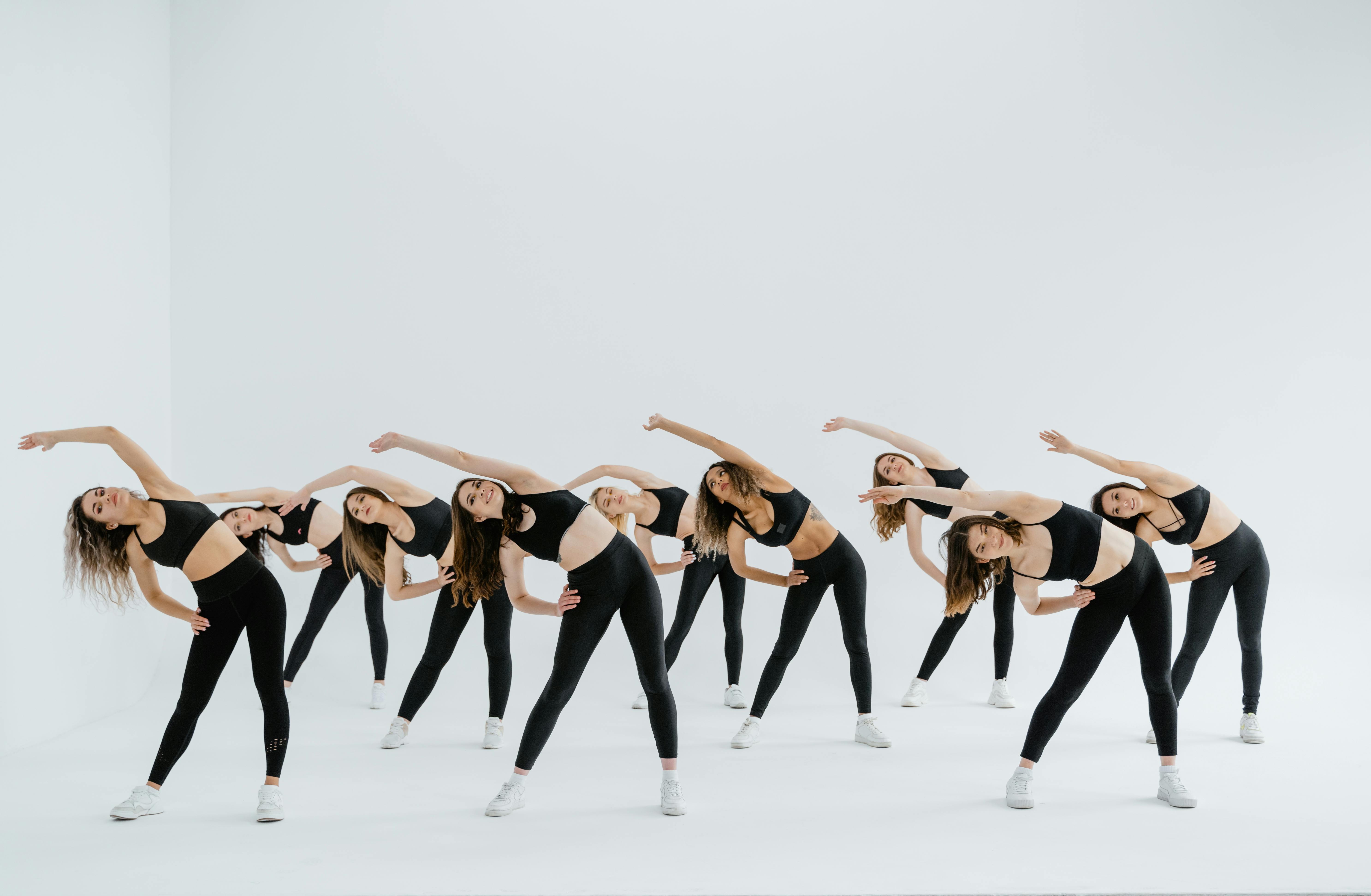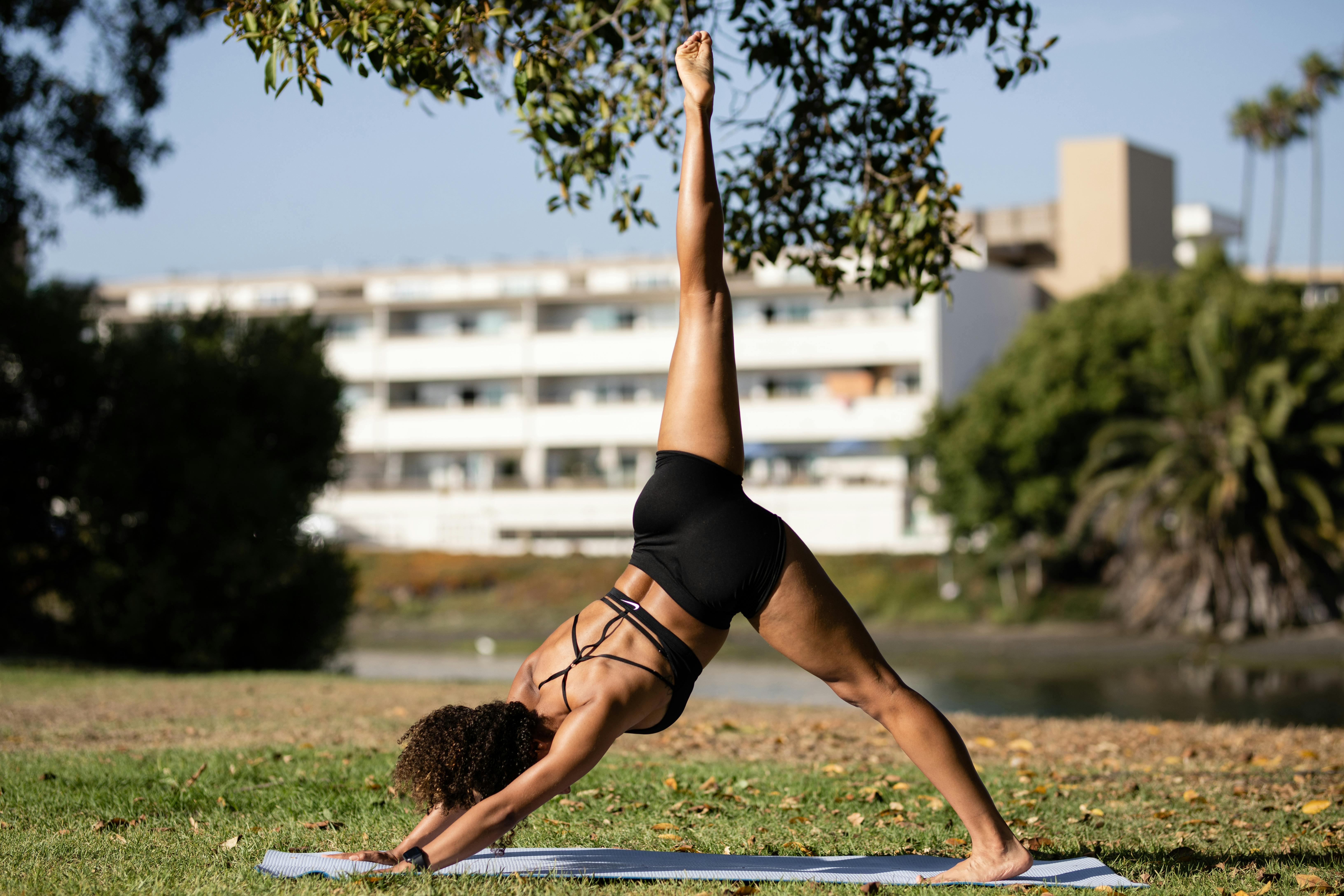The Science Behind Flexibility Gains in Dancers

Flexibility isn’t just about bending farther or hitting a perfect split. For dancers, it’s a blend of muscle elasticity, joint mobility, and neural factors working together. When you stretch, your muscles aren’t actually “lengthening” dramatically; instead, the nervous system gradually learns to allow a greater range of motion without sounding the alarm that something feels unsafe. This shift—called increased stretch tolerance—is one of the biggest reasons flexibility improves over time.
How Muscles Adapt
Inside each muscle are tiny structural units called sarcomeres. With consistent stretching, the body can add more sarcomeres in series, allowing muscles to adapt to longer resting lengths. This doesn’t happen overnight, but steady training encourages the muscle fibers to reorganize so they can reach farther without strain.
Another key player is connective tissue. Fascia and tendons respond to long-term loading by remodeling themselves. They become more pliable and better at distributing force, which helps dancers achieve more fluid extension without feeling “tight” or restricted.
Read more: How Long Does It Take to Improve Flexibility?
The Role of the Nervous System
The nervous system is often the true gatekeeper of flexibility. When a stretch feels too intense, sensory receptors in the muscle send signals to contract and protect the joint. Over time, slow and controlled stretching helps recalibrate this response. The nervous system becomes more comfortable with deeper ranges, reducing that immediate pull-back reflex.
Active flexibility work—like développé drills or arabesque lifts—also trains motor control. It teaches the brain how to recruit the right muscles at the right time. This is why dancers who only do passive stretching often struggle to use their flexibility in choreography. Mobility isn’t just about reaching the range; it’s about owning it.
Why Warm-ups Matter

Temperature has a surprisingly big impact. Warm muscles move better because heat makes tissues more elastic and improves blood flow. A solid warm-up increases the fluid inside joints, helping them glide smoothly. This creates an environment where the body is more prepared for stretching and less prone to injury.
Dynamic movements—leg swings, gentle rises, and flowing transitions—are especially effective early on. They activate stabilizing muscles and prime the nervous system without pushing into end-range stress too quickly.
Read more: The Role of Flexibility Training in Reducing Dance Injuries
Strength Supports Flexibility

Strength and flexibility aren’t opposites; they depend on each other. To hold an extension at 90 degrees or higher, the hip flexors and core have to be strong enough to support the leg. Building strength in the end ranges improves stability, which reassures the body that it’s safe to go deeper.
Eccentric training—slow, controlled lengthening under load—is especially helpful. Think slow lowers from a développé à la seconde or controlled drop-splits. This type of work builds both flexibility and durability.
Read more: The Role of Strength vs. Flexibility in Pro Cheerleading Success
Conclusion
Flexibility gains in dancers come from a mix of muscular adaptation, connective-tissue remodeling, improved neural tolerance, and supportive strength. It’s a gradual, whole-body process. Consistency, patience, and smart technique matter far more than forcing a stretch. When the body feels safe, strong, and warmed up, flexibility follows—making movement not only more expansive, but more expressive and effortless onstage.
Need a Great Workout Routine for Your Pro Cheer Audition Prep?
Pro cheerleaders stay fit, flexible, and strong so they can give out their best performance in the arena. However, achieving that wow-worthy, toned physique doesn’t happen overnight. You need to arm yourself with the right daily workouts.
Thinking of becoming a pro cheerleader?
We are offering you our fun, FREE (for a LIMITED time) POM FIT™ INTRO CLASS that teaches you beginner-friendly cardio moves.
To take your cheerleading fitness to the next level, we also have POM FIT™: GAMEDAY1™ - a series of challenging full-body cardio classes that include a body stretch class, kick stretch class, abdominal workout class, and more.
Join a POM FIT™ class below:
POM FIT™ INTRO CLASS (Free for a LIMITED time)


